The 10 biggest tech breakthroughs of the 1980s
From the Walkman to the Game Boy, we take a look at the iconic tech of the 1980s.
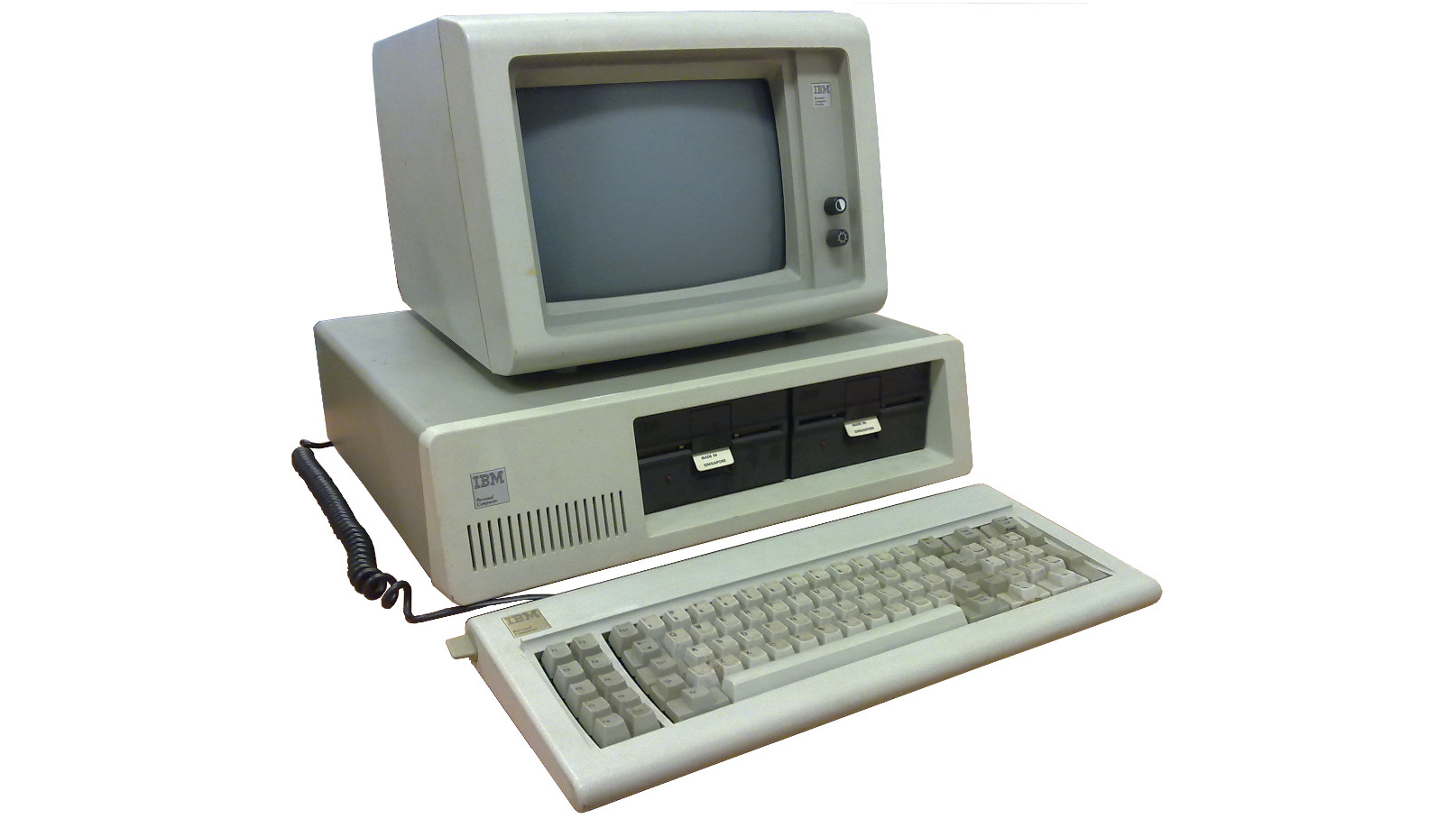
Big hair, cheesy sitcoms, the best pop music ever written – the 1980s had it all. But aside from the awesome popular culture stuff, the decade also saw its fair share of landmark technology breakthroughs and releases.
From CDs to the first properly mobile phones, the 1980s was the birthplace of many an iconic tech product and platform, so here's our look through some of the biggest and best tech of the 1980s...
- Do you have a brilliant idea for the next great tech innovation? Enter our Tech Innovation for the Future competition and you could win up to £10,000!

Sony Walkman
Perhaps no tech device is as synonymous with the 1980s as the Walkman.
Launched in the US and UK in 1980, Sony's portable cassette player was simply the must-have gadget of the decade, allowing you to take your favorite tunes with you wherever you went. It can arguably be seen as the progenitor of the iPod and every other mobile music player that came after it.
At $150 (£100/$AU200)– the equivalent of around $500 (£350/$AU700) today – it was (just about) affordable, as well as stylish and portable, with Sony continuing to build on the original design to create a truly iconic brand.
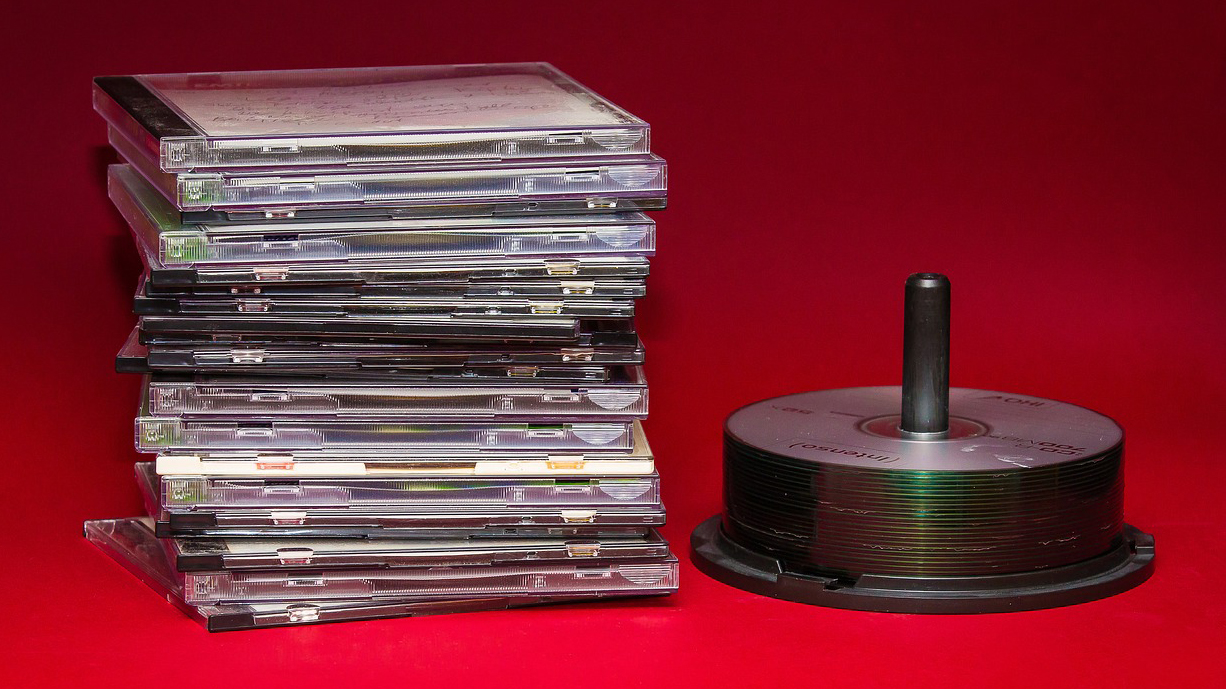
The CD
If you didn't have a Walkman to play your cassettes, there was always the new breakthrough technolgoy of CDs to keep you entertained.
They were launched in 1982 following joint development by Sony and Philips, and quickly took off in a big way.
Sign up for breaking news, reviews, opinion, top tech deals, and more.
CDs became the preferred format for music, gaming, entertainment and storage, allowing richer and more detailed sound and visuals than ever before, as well as heralding the beginning of the end for music cassettes and – although they're now staging a comeback – vinyl LPs.

Microsoft Windows
The world's most popular computer operating system can also trace its roots back to the 1980s, with the release of Windows 1.0 in November 1985.
Designed to compete with Apple's own software, Windows 1.0 was a very different beast from the versions we know today.
Acting more as an extension to MS-DOS, it did contain a few features that are still familiar today, with Paint, Control Panel and Notepad among the apps and interface elements that have endured.
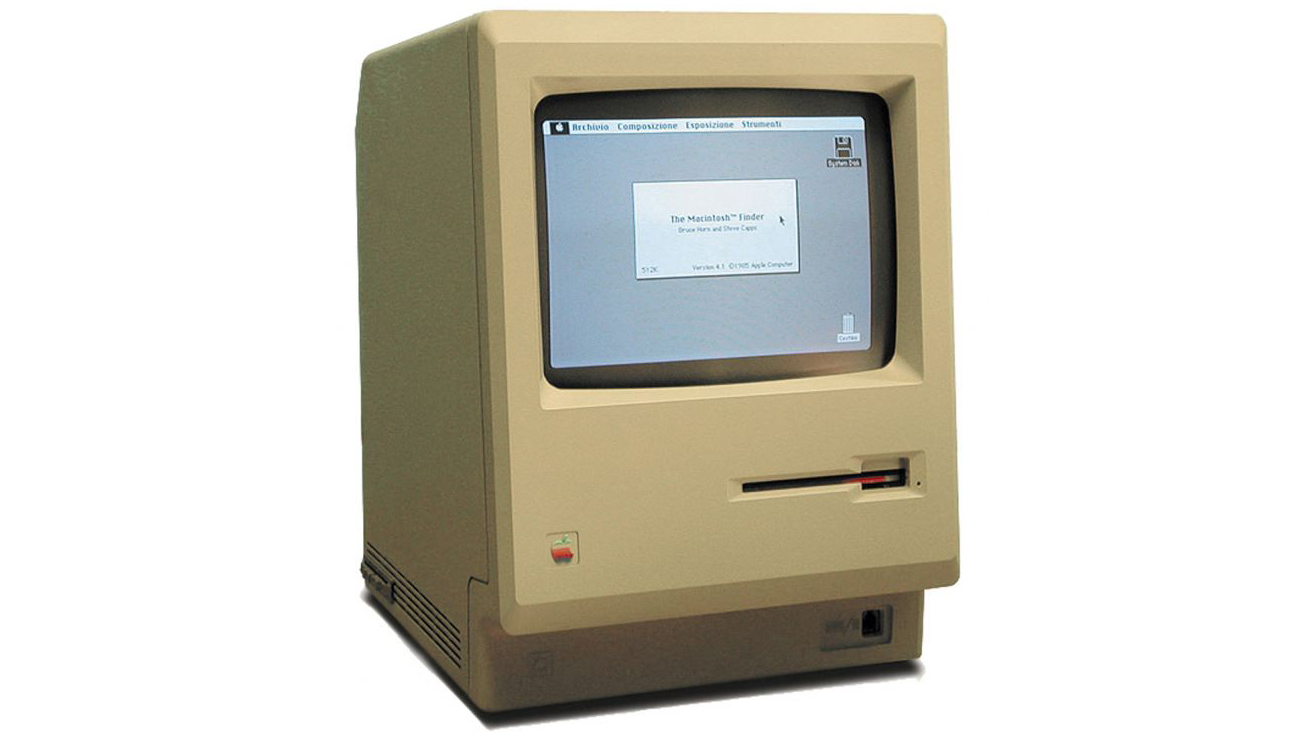
Apple Macintosh
Apple's devices are now a byword for smart design and high-end quality, and it was in the 1980s that this reputation really began to be forged.
First going on sale in January 1984, the original Apple Macintosh was designed by Steve Jobs, and named after colleague Jef Raskin's favorite variety of apple.
It proved to be the company's launchpad into the mass-market, as well as establishing it as a partner for the education and design industries.

IBM 5150
The home PC market of the 1980s wasn't just dominated by Apple however, as personal PCs really took off in that decade thanks to this pioneering release from IBM.
Although primitive by today's standards (sporting 64KB of RAM and a 16-bit 4.77Mhz processor), and costing around $2,000 (£1,500/$AU2000) at launch, the IBM 5150 helped kickstart a home computing revolution that spawned multiple copycat manufacturers and software developers keen to make the most of these powerful new machines.

VHS vs Betamax
Forget the Cold War, the conflict that really divided the world in the 1980s concerned how you watched your home videos.
The VHS vs Betamax debate rumbled on for so long that it has now become a byword for cultural conflict, with the former standard winning out due to its better integration with the booming camcorder market.
The amount of interest (and investment) in entertainment viewing helped spur on a new technological revolution in the space, accelerating the move towards the likes of today's DVDs and home cinema setups.

The Clapper
Smart homes are an increasingly popular idea today, but the history of today's hyper-connected intelligent buildings could arguably be traced back to the 1980s, when the Clapper was launched.
Allowing users hands-free control over their home lighting, the Clapper was an instant success – as well as the fodder for many a sitcom punchline due to their sometimes patchy accuracy.
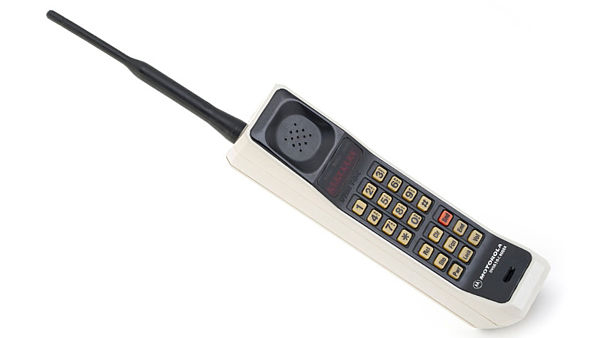
Motorola DynaTAC 8000x
Mobile phones are so ubiquitous these days that it's hard to imagine a time when no-one had a portable device capable of keeping them in contact with the world around them at all times.
The 1980s, with its iconic brick phones, can be seen as the start of the smartphone boom, with Motorola's DynaTac 800x, released in 1983, probably the most famous or the early handsets.
Although far heavier (at 785g) larger (25cm high) and more expensive (going on sale for $3,995/£1,650/$AU3,000) than today's slimline offerings, the ability to make and receive calls wherever you were transformed the lives of many.

ZX Spectrum and Commodore 64
Although console gaming as we know it would really start to gain speed once the likes of Sony, Sega and Nintendo got involved, the 1980s proved a golden era for fans and developers alike.
The twin titans of the ZX Spectrum and Commodore 64 opened up a whole new world of gaming, with iconic titles still cited as inspiration by many studios and gamers today.
The ZX Spectrum grew out of founder Clive Sinclair's frustration at losing a deal with the BBC, and let gaming nuts build and play their own creations in a way that had been previously unthinkable.
Meanwhile the Commodore 64, still sometimes viewed as the best-selling single computer of all time, targeted the mass market in a way that had never been done before, with thousands of offerings available to fans across the globe, ushering in a whole new audience for gaming.
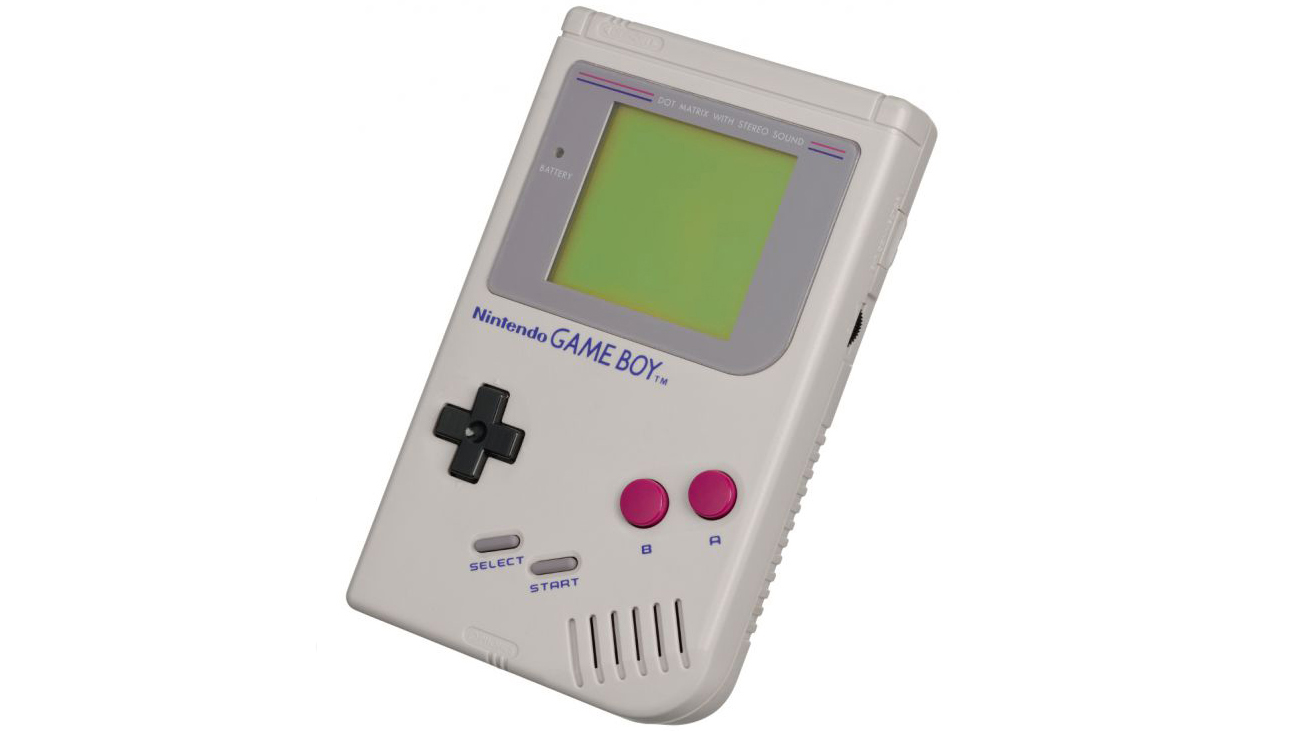
Game Boy
Handheld gaming is commonplace today, but the impact Nintendo's original Game Boy had when it was released in 1989 can't be underestimated.
Suddenly gamers were no longer tethered to machines in their bedrooms, but could take their entertainment wherever they wanted – even outside.
And with launch titles including Tetris and Super Mario Land, the Game Boy proved to be one of Nintendo's greatest launches, and a bona fide cultural icon.
TechRadar's Next Up series is brought to you in association with Honor


Mike Moore is Deputy Editor at TechRadar Pro. He has worked as a B2B and B2C tech journalist for nearly a decade, including at one of the UK's leading national newspapers and fellow Future title ITProPortal, and when he's not keeping track of all the latest enterprise and workplace trends, can most likely be found watching, following or taking part in some kind of sport.